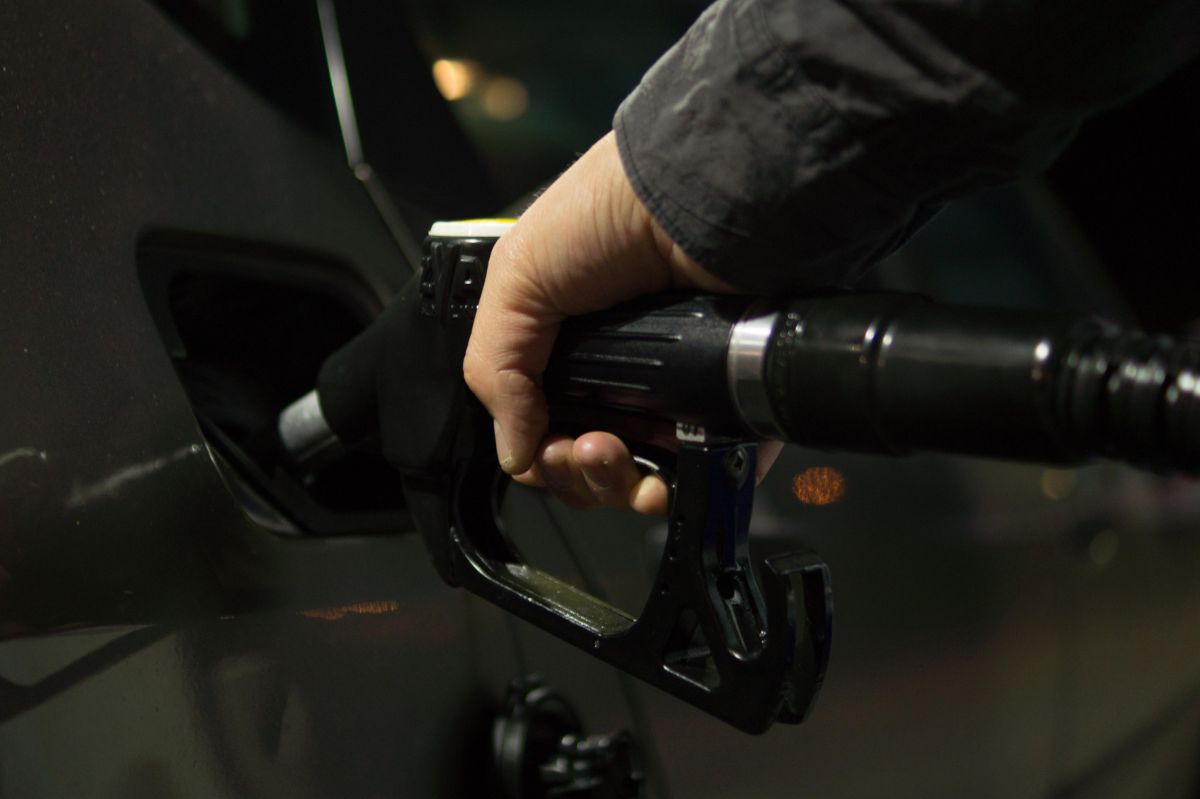As the nation steps into the new year, drivers are experiencing a slight relief at the pump. The national average for a gallon of gas dipped to $3.09 as of Jan. 4, a decrease of three cents since Dec. 28. This change comes at a time when demand for gas has notably decreased following the peak of holiday travel.
"January is a bit of a blah time of year, and gas prices are in the doldrums as well," said Andrew Gross, a spokesperson for AAA. Gross suggested that barring any unexpected global oil market shocks, gas prices are expected to fluctuate minimally in the near future.
The Energy Information Administration (EIA) reported a significant drop in gas demand, plummeting from 9.17 to 7.95 million barrels per day (b/d) in the same week. Concurrently, total domestic gasoline stocks saw a substantial increase, rising by 10.9 million barrels to 237 million barrels. This combination of weak demand and increased supply has been instrumental in pushing pump prices lower. However, the effect is somewhat tempered by rising oil prices, which have limited the extent of the decrease in gas prices. If the trend of weak demand continues, drivers are likely to see further gradual reductions in pump prices.
The Jan. 4 national average of $3.09 marks a decrease of 15 cents compared to last month and 17 cents lower than this time last year.
In a detailed breakdown, states like Ohio, Indiana and Florida have witnessed some of the largest decreases in their average gas prices, with reductions ranging from 6 to 14 cents. States such as California, Hawaii and Washington remain the most expensive markets, with prices significantly above the national average.












